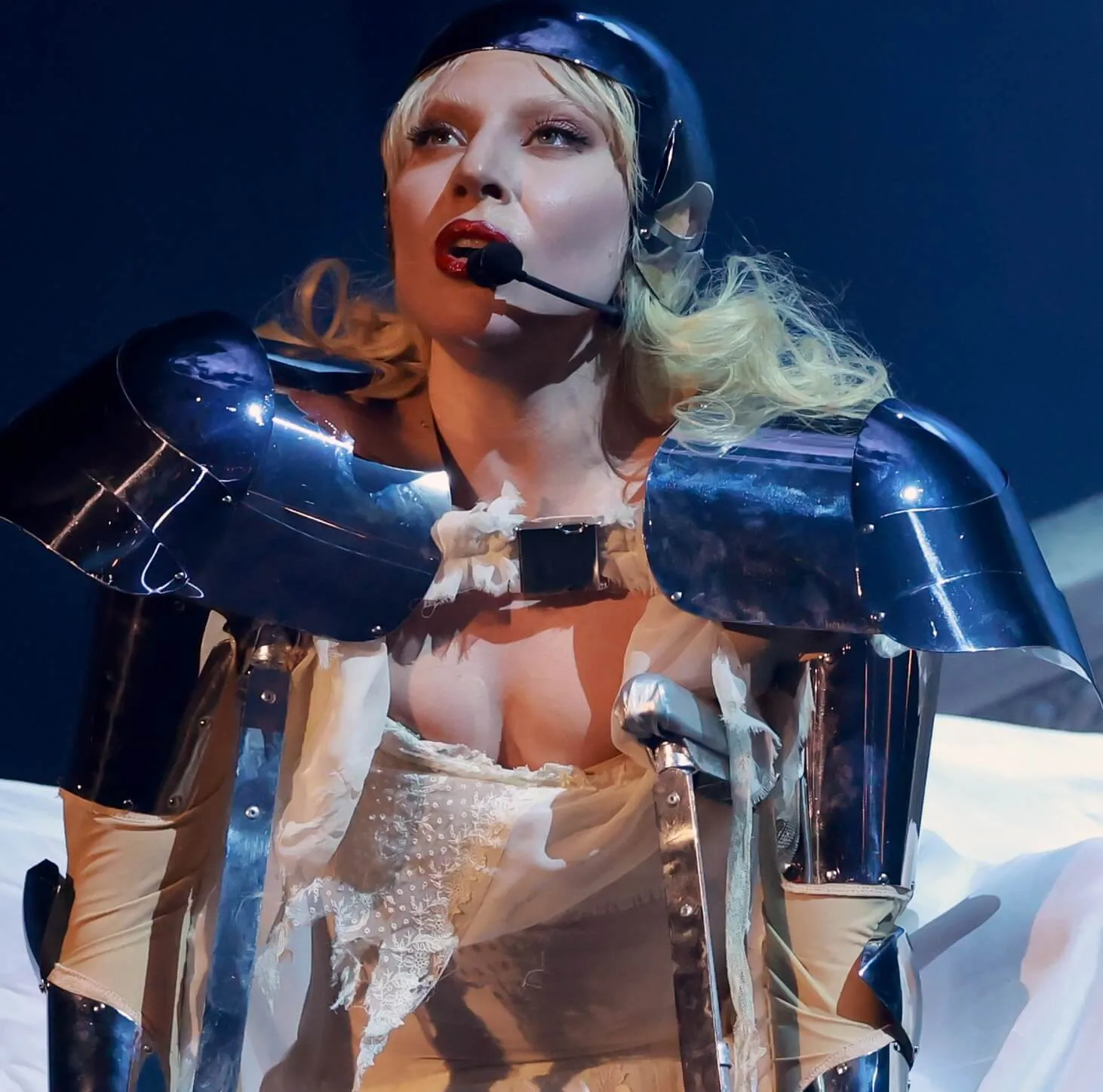
Here’s How David Bowie Helped Create ‘Goth’ Culture
Even some of the biggest Davie Bowie fans aren’t aware of the classic rock star’s contribution to goth culture. Though best known for his flashy outfits and spacey personas, he also dabbled in darker styles. Journalist and Membranes frontman John Robb offers insight into Bowie’s significance in the movement in his new book on the origins and rise of goth.
‘No Bowie, no scene’

In a recent conversation with NME, Robb discussed his new book, The Art of Darkness: The History of Goth, and the decade of research that went into writing it.
“The Doors were the first band to be described as ‘gothic’ in October 1967, at a gig in New York,” he explained. “Jim Morrison had the baritone voice, wore the black leather, had a fixation on the Romantic poets. He was a quintessential goth.”
Robb dedicated an entire chapter to Bowie’s contribution to goth culture. “Goth was a kind of dark glam, and Bowie helped to create that: He was important in creating the theater of it all,” the author told NME. “His lyrics and music took us into darker places; he gave goth the imaginative space it needed to exist.”
Bowie’s image heavily influenced the band Bauhaus, considered the pioneers of British goth and gothic rock. According to Robb, they described the moment they saw Bowie perform “Starman” as a profound turning point for the band and their lives. “It’s simple,” Robb stated, “no Bowie, no scene.”
David Bowie adopts the goth persona The Thin White Duke
Many believed Bowie’s style spawned goth culture and helped shape it into what we know today. His final persona, The Thin White Duke, influenced punk bands such as Joy Division, Bauhaus, and The Cure. He began portraying this persona in 1975, at the height of his drug use.
Bowie’s character was highly controversial because he often made pro-fascist statements in interviews, likely due to his cocaine use. According to The Daily Beast, he survived on red peppers and milk until he moved to Berlin to clean up his act. Unfortunately, Bowie spiraled deeper, making bizarre claims about Hitler and getting detained in Poland after trying to travel with Nazi paraphernalia.
Despite this extremely dark period, Bowie pulled through. By 1980, he ditched the persona and the drugs.
David Bowie goes goth in ‘The Hunger’
Despite leaving Thin White Duke behind, Bowie donned his gothic wardrobe for The Hunger. The 1983 vampire horror flick featured a love triangle involving Bowie, Catherine Deneuve, and Susan Sarandon. Though the initial reception wasn’t great, The Hunger has become a cult classic. Roger Ebert called it “an agonizingly bad vampire movie,” yet many viewers are still drawn to director Tony Scott’s creation.
The goth culture continues to admire the film’s dark vampire fashion and goth-rock soundtrack featuring Bauhaus and Bowie. According to Dazed Digital, Bowie’s wardrobe included “razor-sharp tailoring and dark, circular sunglasses,” inspiring many artists, writers, and musicians.
Stevie Nicks is one artist who has credited the movie as her favorite moment of Bowie’s career, calling it “creepy and strange and amazingly beautiful.” And the well-known underground publisher Fred Berger claimed the film was why he turned his dark DIY zine Propaganda into a full-fledged goth magazine.
Bowie’s influence such a wide range of people, genres, and industries remains awe-inspiring.


